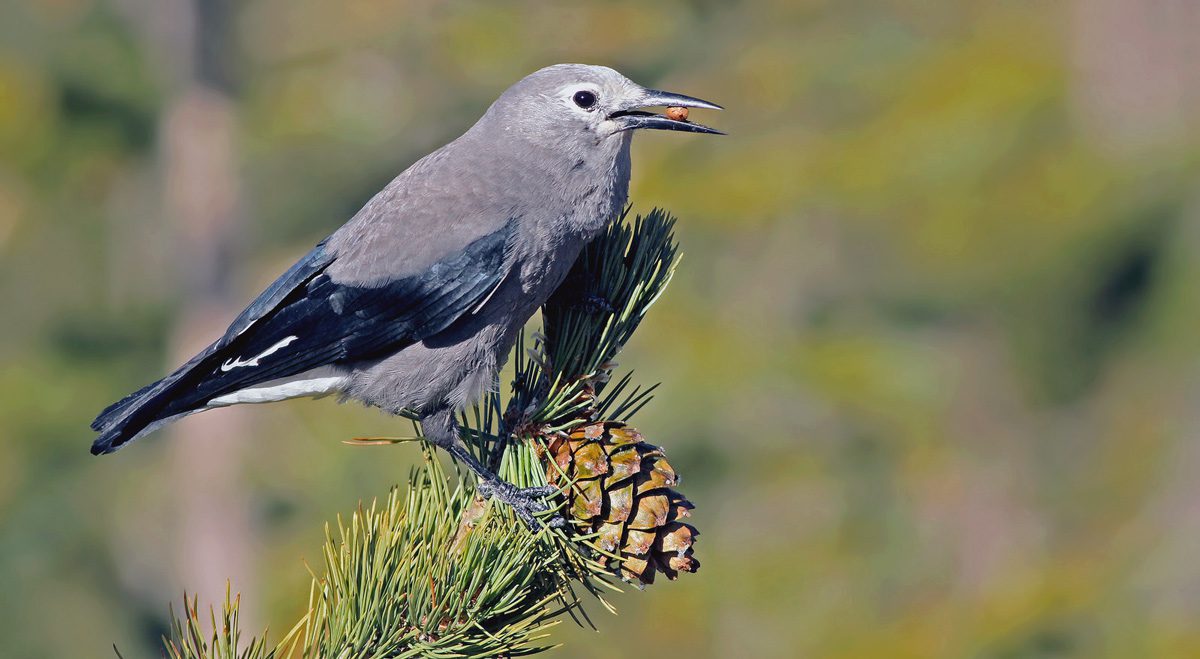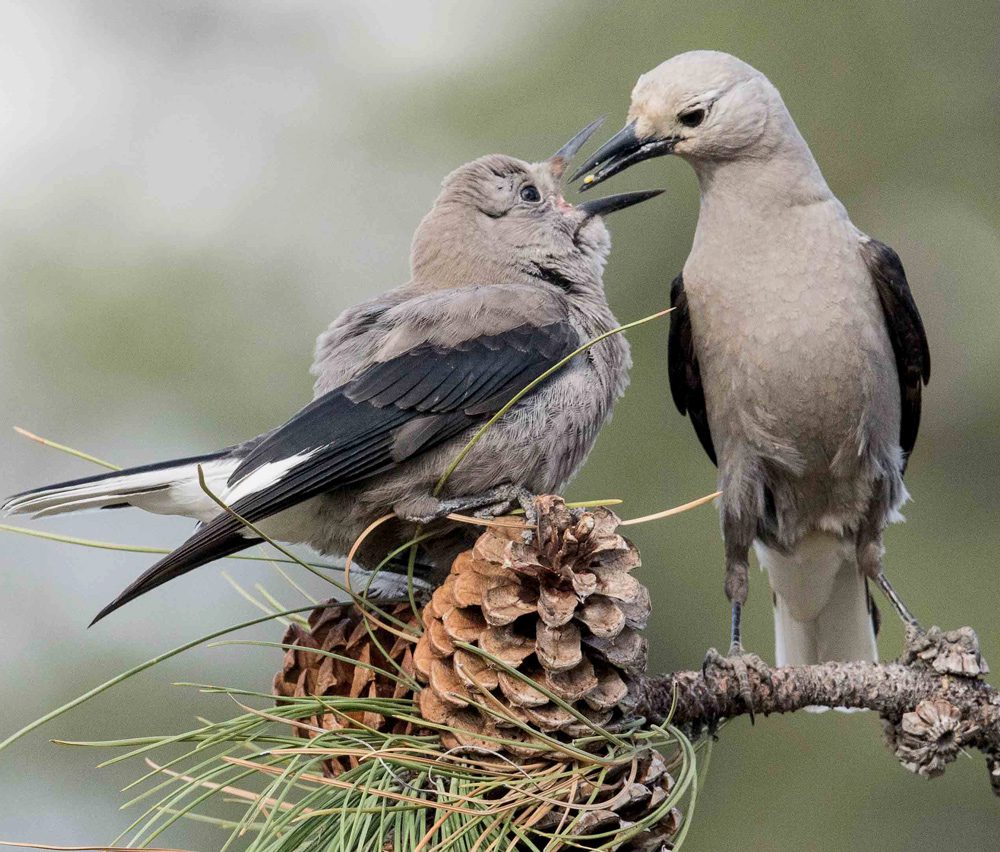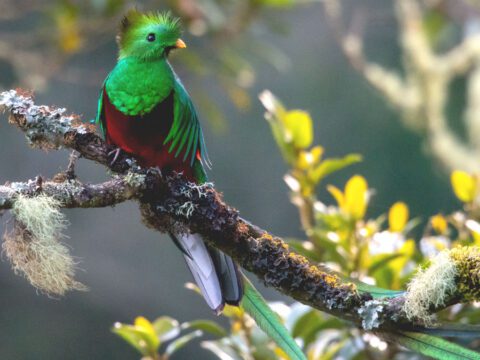Whitebark Pine Tree Gets Endangered Species Act Protection
April 5, 2023
From the Spring 2023 issue of Living Bird magazine. Subscribe now.
In December, the U.S. Fish and Wildlife Service announced a final action to list the whitebark pine tree as threatened under the federal Endangered Species Act.
“The official listing of whitebark pine has been 14 years in the making,” says Diana Tomback, a lead scientist on the National Whitebark Pine Restoration Plan. “Those of us who worked for decades on whitebark pine in the northern Rocky Mountains … were well aware that the tree was in trouble 25 to 30 years ago.

“The listing of whitebark pine provides authority, coordination, additional funding sources, and soon, a roadmap for restoration,” says Tomback, who is a professor of integrative biology at the University of Colorado Denver, and also the policy and outreach coordinator for the Whitebark Pine Ecosystem Foundation.
According to USFWS listing documents, the range of the whitebark pine in the U.S. covers about 56 million acres in the Intermountain West, and scientists estimate that more than half of all standing whitebark pine trees are dead. The USFWS listing states that white pine blister rust disease is the primary threat to the tree. Tomback says the key to recovering the whitebark pine will be a bird—the Clark’s Nutcracker, which is the primary seed disperser for the tree (see Can The Clark’s Nutcracker Help Its BFF, The Whitebark Pine, Recover From Disaster? Living Bird, Autumn 2022).
“One essential whitebark pine restoration strategy is building genetic resistance to the exotic disease white pine blister rust in local populations by planting seedlings from resistant parent trees,” Tomback says. She adds that a federal recovery plan will likely focus on restoring core areas within the whitebark pine range first. “We will depend on nutcrackers to disseminate seeds from resistant trees within and outside core areas, building resilience in populations, and eventually restoring whitebark pine across its range.”

All About Birds
is a free resource
Available for everyone,
funded by donors like you
American Kestrel by Blair Dudeck / Macaulay Library


